Aurora Borealis: When and Where Can You See It?
If Aurora Borealis sightings are on your bucket list, you're in luck. Everyone has a chance to see them, you just have to know when and where to look.
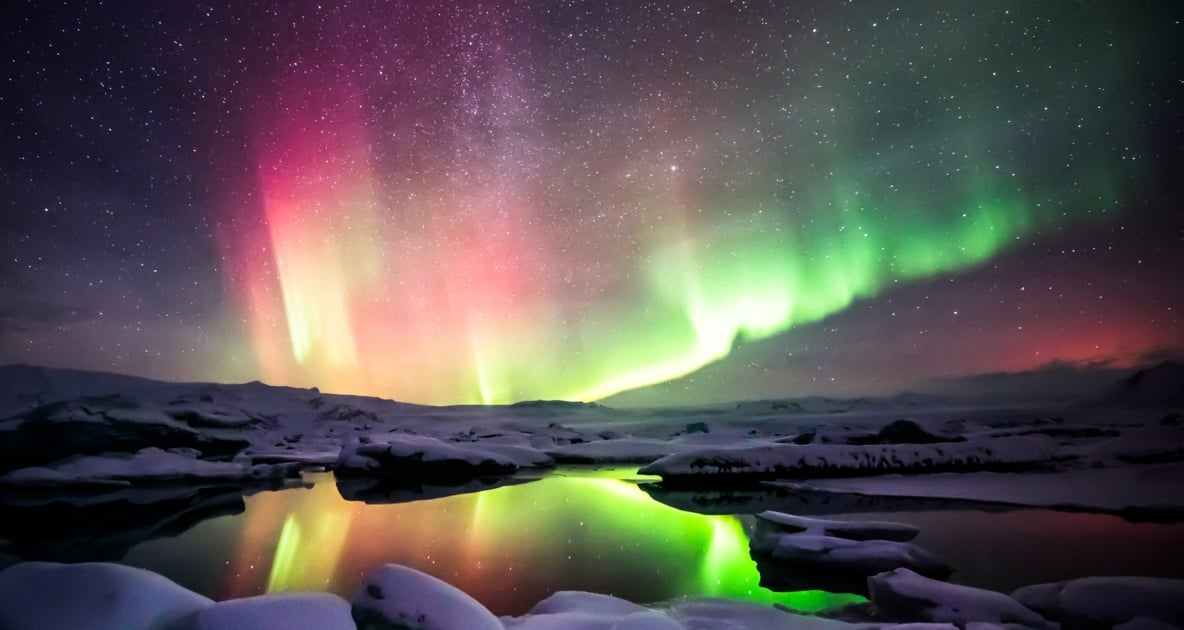
The shifting, glowing lights of the Aurora Borealis, also known as the Northern Lights, is hard to describe to somebody who has never seen them before. Most appear yellowish-white with shades of green. Some are red and pink, and an occasional few are blue. Heaving arcs of light can start at the horizon and suddenly spread upward. Sometimes shimmering curtains, streamers and rays can extend all the way to the point directly overhead. It’s quite breathtaking!
What Causes The Aurora Borealis or The Northern Lights?
The Sun’s radiation upon the rare gases of the upper atmosphere is what causes auroras. Subatomic particles—a stream of electrons hurled out from an eruption on the Sun—reach Earth’s atmosphere some 20 to 40 hours later. Upon colliding with the rarefied gases (gases whose pressure is less than the atmospheric pressure) in the upper atmosphere 60–600 miles up, it causes them to vibrate and glow.
The shifting glow of the aurora is essentially electrical and somewhat similar to that produced in neon advertising signs where a rarefied gas (like neon, argon or krypton) is animated by an electrical charge, so it too appears to glow. Auroras can last for just an hour or two, or sometimes all through the night.
Bands of light appear near the poles and light up the skies. They are reportedly the most visible around the equinoxes (spring and fall) because we see an increase in solar activity during these times.
The colors most often associated with the displays green, yellow, blue, violet, pink, and occasionally orange and white. Typically, when the particles collide with oxygen, yellow and green are produced. Interactions with nitrogen produce red, violet, and occasionally blue.
To view, it’s important to get a very dark night sky, with no cloud cover. And be patient! The following image was submitted to FA by a reader located in South Dakota. Thank you, Amy Lokken!
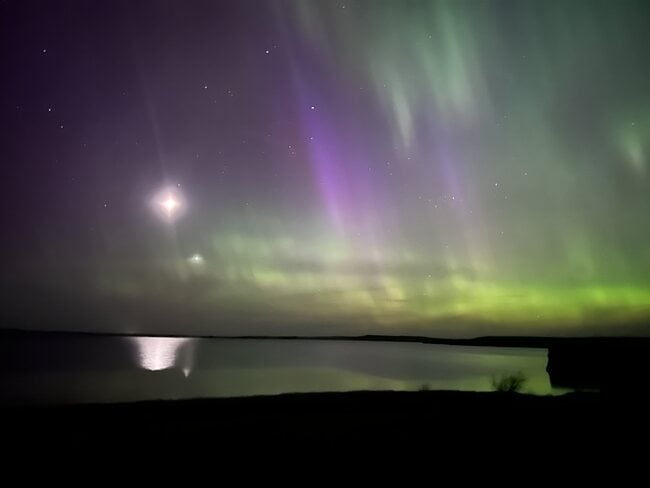
Aurora Borealis Sightings – How And When To See Them?
In the Northern Hemisphere, the “epicenter” for auroral activity lies close to the Earth’s north magnetic pole—near latitude 74°N. and longitude 97° W., in extreme northern Canada. If you live in Churchill, Manitoba, the aurora is a rather common sight, visible in some form on virtually night of the year. Farther away from the north magnetic pole they are less frequent. From Anchorage, they’re visible about 100 nights per year; near the U.S./Canadian border about 25 nights annually. But farther south they’re rather uncommon.
Your best chance of sighting an aurora, if you live around the latitude of say, Washington, D.C. or Denver, Colorado, is to hope for a major solar flare to erupt, for this sometimes will push the zone of aurora visibility much farther south. On April 12, 1981, for instance, in the wake of a potent solar flare, an aurora was reported as far south as the Mexican border and Florida!
According to NOAA, there are four factors that are important to consider:
- Geomagnetic activity – Levels of geomagnetic activity are represented by “G” (or Kp) and colors according to intensity, 0 (blue) being the least and 5 (red) being the most.
- Location
- Darkness of the sky
- Time frame
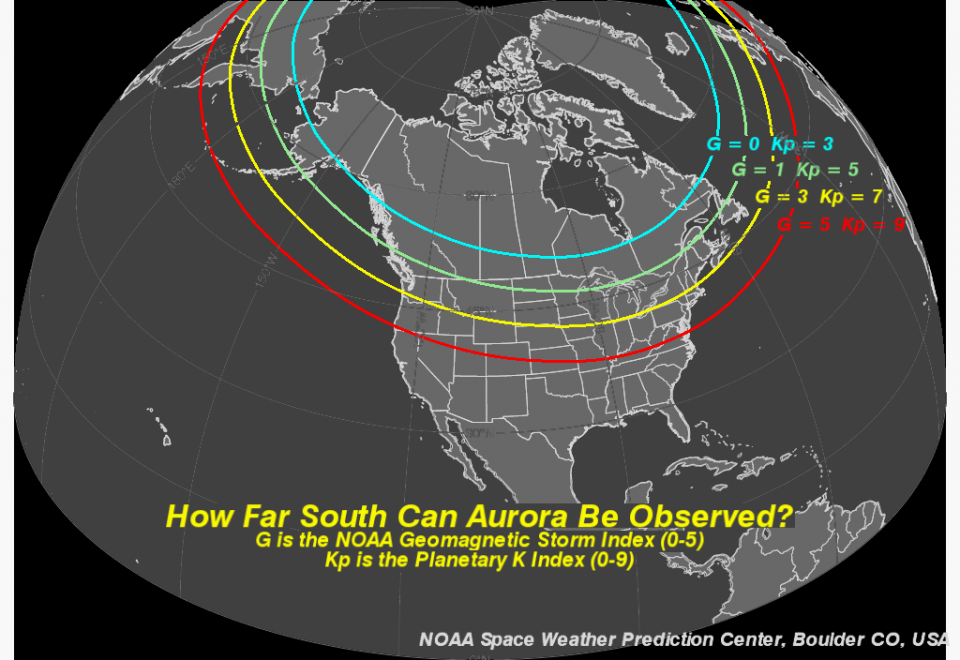
Many people travel to Norway, Sweden, or Finland to see the spectacle. If you’re hoping to see the aurora, plan your trip between December and April, when skies are generally less cloudy, and darkness dominates.
Summer is not optimal viewing time as prime aurora locations don’t have a lot of darkness during the summer months. and watch the skies from 10 p.m. and 2 a.m. local time.
Auroras can occur any time, any where. See the Aurora Forecast Viewing Guide (via The Geophysical Institute) here.
An Unexpected Solar Flare
In early August 1972, at a time when solar activity was near minimum, the biggest solar flare in nearly 12 years suddenly and unexpectedly erupted and showered Earth with high-energy particles resulting in a spectacular northern lights display that lasted for three nights. Said Robert Decker, then-chief of the Space Environmental Services Center, “It was sort of like getting snow in Atlanta during July.”
A significant outburst of solar activity can happen at any time. In the statistical long run they cluster when solar activity is high, but one can happen when the Sun is “asleep” as well.
For the latest updates on solar activity and aurora borealis sightings visit www.spaceweather.com.
Where Does The Name Aurora Borealis Come From?
The Aurora Borealis is named after the Roman goddess of the dawn, Aurora, and the Greek name for north wind, Boreas.
A Bit Of Northern Lights Folklore
The Inuits say don’t whistle,
when the northern lights are high,
lest they swoop to earth and carry you up to the luminescent sky.
– From Labrador in Winter by poet Kate Tuthill
How To Take Pictures Of The Northern Lights
If you wish to capture this phenomenon on film, the best equipment to use is a camera that permits you to make long exposures (10 seconds or more) and a tripod to hold the camera still during exposures.
If you’ve ever been lucky enough to spot this amazing phenomenon, tell us in the comments below!
Join The Discussion
Have you ever seen the Aurora Borealis (Northern Lights)?
Share your experience (and photos) with your community here in the comments below!

Joe Rao
Joe Rao is an esteemed astronomer who writes for Space.com, Sky & Telescope, and Natural History Magazine. Mr. Rao is a regular contributor to the Farmers' Almanacand serves as an associate lecturer for the Hayden Planetarium in New York City.


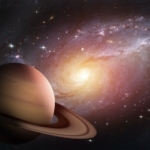
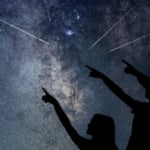
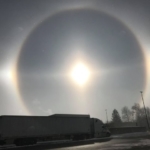
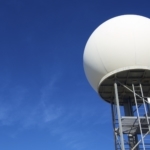
From Lolo, MT like 4 weeks ago.
i was sitting on my ac unit having a smoke, when i looked up and saw a red curtain of lights, it only lasted a few seconds but it was crazy,oh and by the way i live in wilmington n.c.